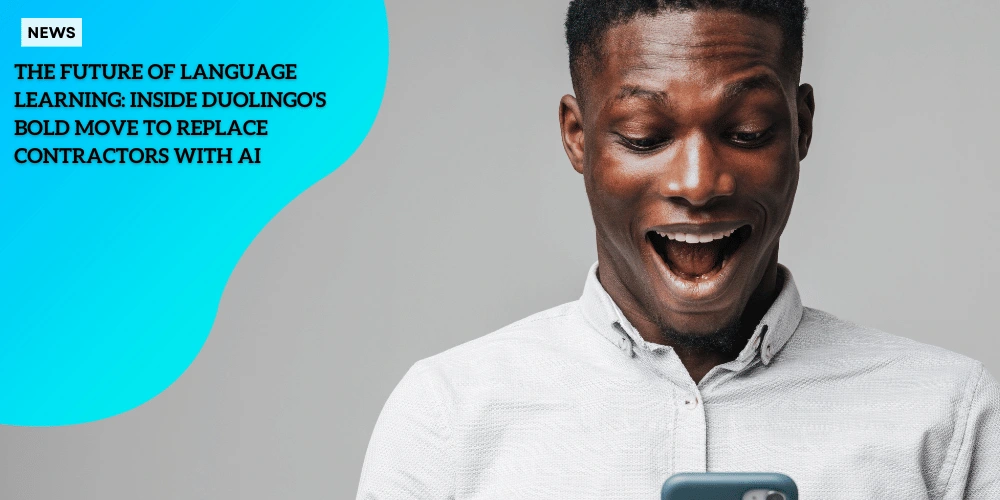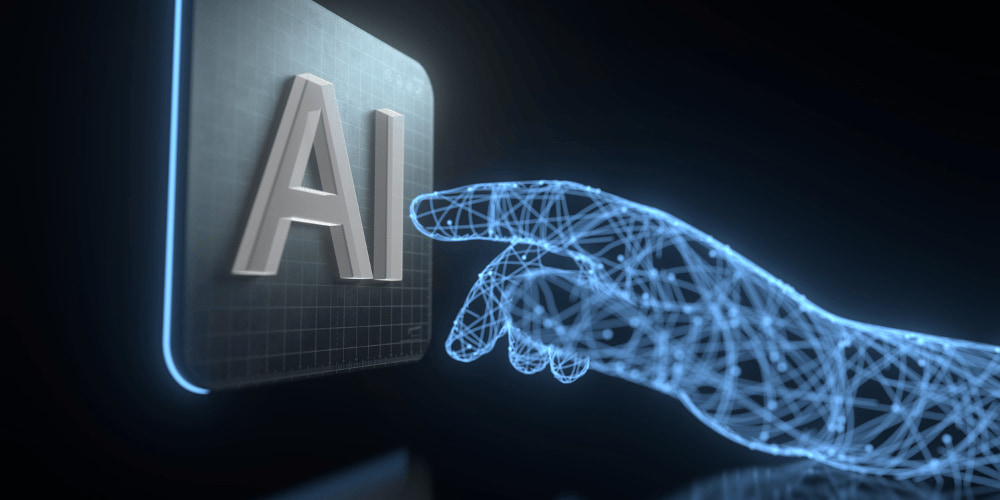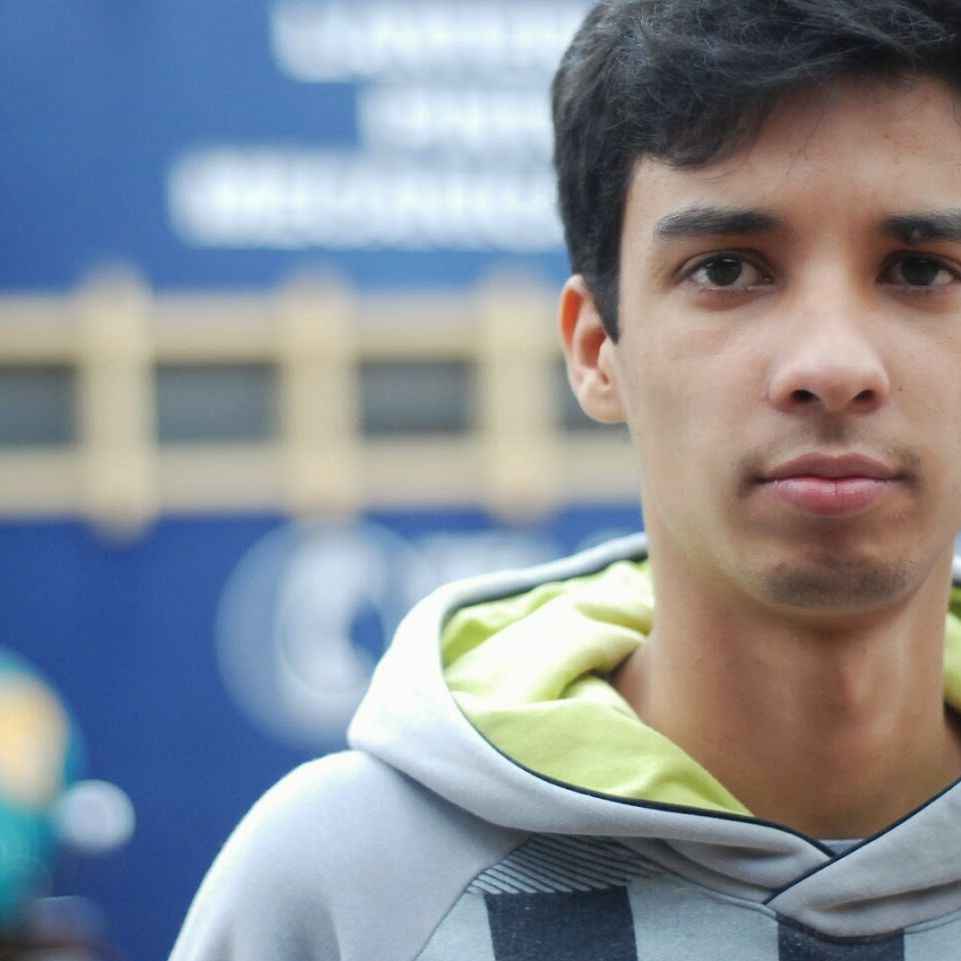The Future of Language Learning: Inside Duolingo’s Bold Move to Replace Contractors with AI

Anúncios
Introduction to Duolingo’s AI-First Strategy
How Duolingo Is Shaping Its Future with AI
Duolingo is making a big step by becoming an “AI-first” company.
Instead of only tweaking current systems, they are reimagining how they work, with a deep focus on artificial intelligence.
Anúncios
This means AI will take on tasks that used to require contract workers and support many aspects of operations, like creating lessons and even managing hiring or performance reviews.
The goal? To move faster and work smarter, removing old bottlenecks and inefficiencies.
Anúncios
Lessons from Their 2012 Mobile Leap
This bold AI shift draws inspiration from Duolingo’s pivotal bet on mobile devices a decade ago.
Back in 2012, Duolingo decided to focus on mobile learning, which completely transformed the company.
Their app became the iPhone App of the Year in 2013, helping Duolingo reach millions more learners.
The AI update feels just as significant, even if there’s some uncertainty along the way.
AI’s Transformative Role in EdTech
AI goes beyond just boosting productivity—it’s about changing the experience for every learner.
With machine learning and advanced language technology, Duolingo aims to scale up lesson creation, develop features like real-time “Video Call,” and enable language learning that closely matches the best human tutors.
Although the technology isn’t perfect, this vision has the potential to revolutionize education at a global scale and help Duolingo fulfill its mission to make learning accessible for everyone.
The drive to reimagine content creation and digital education is just the start of this transformation.

Reasons Behind the Transition
Streamlining with AI
Duolingo saw an opportunity to speed up how it creates and manages learning content.
Manually building lessons and updates was slowing things down, making it tough to reach more learners.
By switching to artificial intelligence, Duolingo aims to cut out these bottlenecks.
AI can generate and adapt lessons much faster than people, opening doors for more personalized and up-to-date learning experiences for users around the world.
Making Learning Accessible
This move isn’t just about efficiency—it’s tied to Duolingo’s core mission: making education more accessible.
By using AI, the company can reach more learners, lower costs, and keep growing its platform.
With fewer barriers, more people can fit language learning into their busy lives, using a tool that adapts quickly to their needs.
Riding the Digital Transformation Wave
Duolingo’s shift aligns with a broader push across tech and education to use AI as a driver of change.
Schools and companies everywhere are rethinking how technology can reduce manual labor and free up people for higher-value tasks.
As digital transformation speeds up, embracing AI helps Duolingo keep pace.
Now, let’s take a closer look at how Duolingo is weaving AI into its daily operations and user experience.
Integration of AI in Duolingo’s Operations
Bringing AI to Core Processes
Duolingo is making a major leap by weaving AI into its very core.
Now, hiring and performance reviews are getting the tech treatment.
AI tools help screen applicants and even provide feedback for reviews.
This approach doesn’t just boost efficiency—it sets new standards for fairness and scalability.
Routine work processes, from content creation to app updates, are being reimagined.
Instead of relying on manual tasks, AI is removing bottlenecks and making big projects possible for the team.
Launching Next-Level Features
Among the new AI-driven tools, “Video Call” stands out.
This feature uses advanced technology to simulate one-on-one conversations, making learning feel interactive and supportive.
The goal is to teach as effectively as the best human tutors, pushing the limits of digital education.
Maintaining Quality Amid Change
But even AI has its growing pains.
Duolingo is honest about possible small dips in quality as new systems roll out.
Yet, the drive to improve and expand outweighs temporary trade-offs.
The focus stays on delivering smarter, more accessible learning.
As these innovations take shape, Duolingo’s mission gets a serious upgrade, setting the stage for even deeper transformations.
Implications for Employees
Supporting Employees Through Change
Duolingo’s pivot to AI-first operations brings big changes for its team.
Recognizing this, the company has stressed its strong commitment to employees.
CEO Luis von Ahn has assured staff that “Duolingo will remain a company that cares deeply about its employees.”
This transition isn’t about replacing valued team members—it’s about removing bottlenecks so Duolingo’s “outstanding Duos” can do even more meaningful work with the help of new technology.
Extra Training and Resources
To make this possible, Duolingo is rolling out additional mentoring, training, and support focused on AI.
These resources will help employees develop new skills as AI is embedded into everyday processes.
The company wants everyone to grow with the technology, not feel left behind.
Addressing Job Concerns
There’s understandable worry about how AI might impact jobs, especially for contractors.
While some roles may change or no longer be needed, leadership has been clear: this move is about scaling up and working smarter, not quietly replacing every person.
Duolingo’s approach aims to empower its workforce during this bold transformation.
With this supportive environment, Duolingo is setting up employees for success as it continues redefining tech-enhanced learning.
Educational Impact and Future Prospects
AI’s Leap Toward Human-Like Tutoring
Duolingo is making big strides with AI-powered learning features, aiming to match the effectiveness of top human tutors.
Innovations like the upcoming “Video Call” are designed to create interactive sessions that feel personal and adaptive.
AI now personalizes content, reacts to learners’ responses, and gives instant feedback.
This approach lets millions access high-quality instruction, even if a human tutor isn’t available.
While the technology is not flawless, it is rapidly closing the gap.
Preparing Youth for a Digital World
Another key goal is equipping young people with the skills needed in today’s digital landscape.
Learning with AI means more than just studying a new language.
Students are indirectly picking up AI literacy—understanding how smart systems work and building confidence using them.
This aligns with national pushes to foster digital competency in youth, so they graduate ready for future workplaces where AI is the norm.
Shaping the Global Learning Environment
Duolingo’s vision sees AI tearing down barriers to education worldwide. By automating content creation and tailoring lessons, the platform hopes to make quality learning accessible for everyone, everywhere. With traditional obstacles reduced, the future looks bright for language learners.
Next, we’ll take a closer look at how these bold changes are playing out and what they might mean going forward.
Conclusion
Duolingo’s AI-focused shift marks a bold evolution in language learning.
This strategy is all about using technology to make top-quality education easier to access worldwide.
Embracing AI helps Duolingo streamline how they create lessons, support learners, and adapt content on the fly.
While this move means less reliance on contractors, the company is committed to retraining its team, not replacing them.
Employees will gain new opportunities to learn, grow, and shape the future of digital education.
Of course, big changes come with challenges.
Fine-tuning AI requires careful testing, and there may be hiccups as technology and humans adjust.
But the benefits—like faster content rollout, better personal feedback, and reaching more users—are worth the effort.
This leap echoes Duolingo’s success in going mobile nearly a decade ago, setting a new standard in EdTech innovation.
By betting on AI, Duolingo is not just teaching languages—they’re preparing learners of all ages for a digital-first world, where smart tools and creative problem solving lead the way.






